Full text
PDF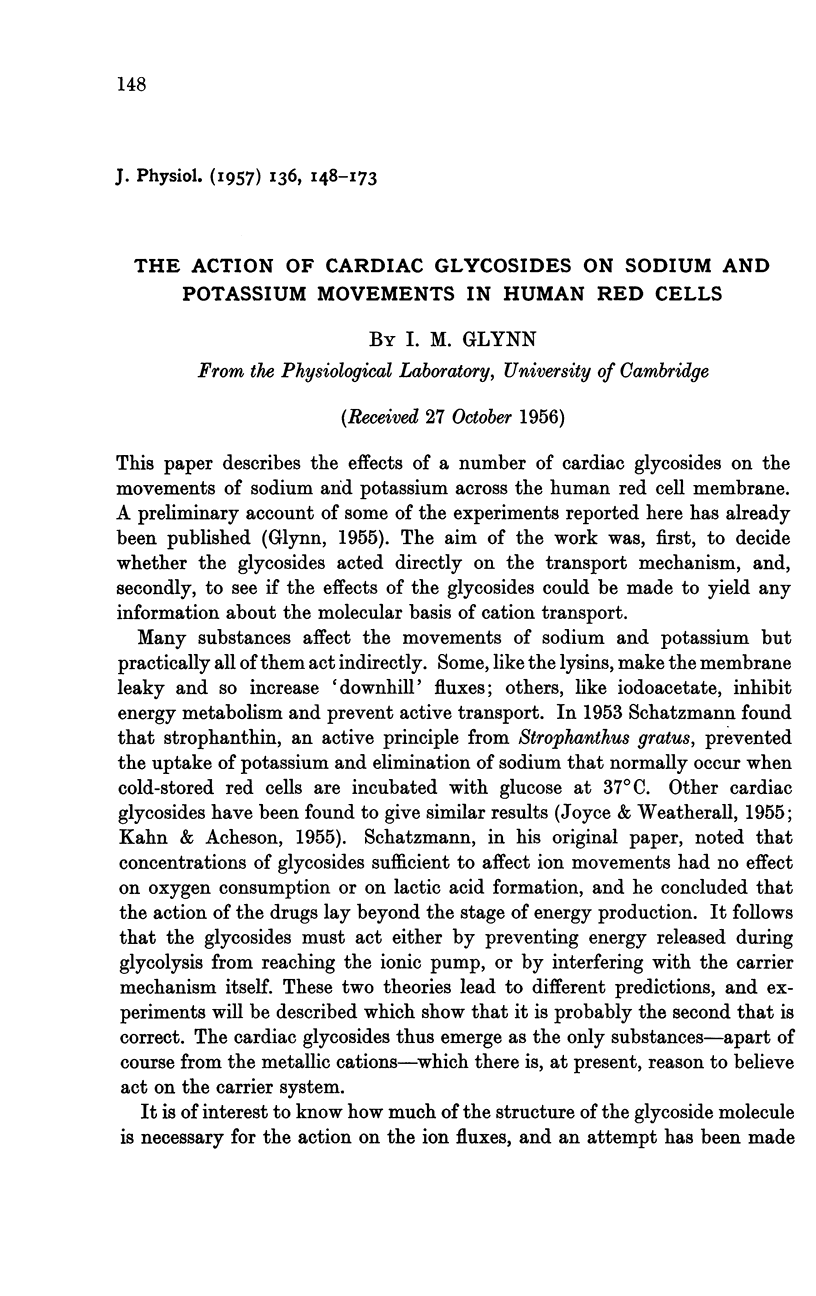
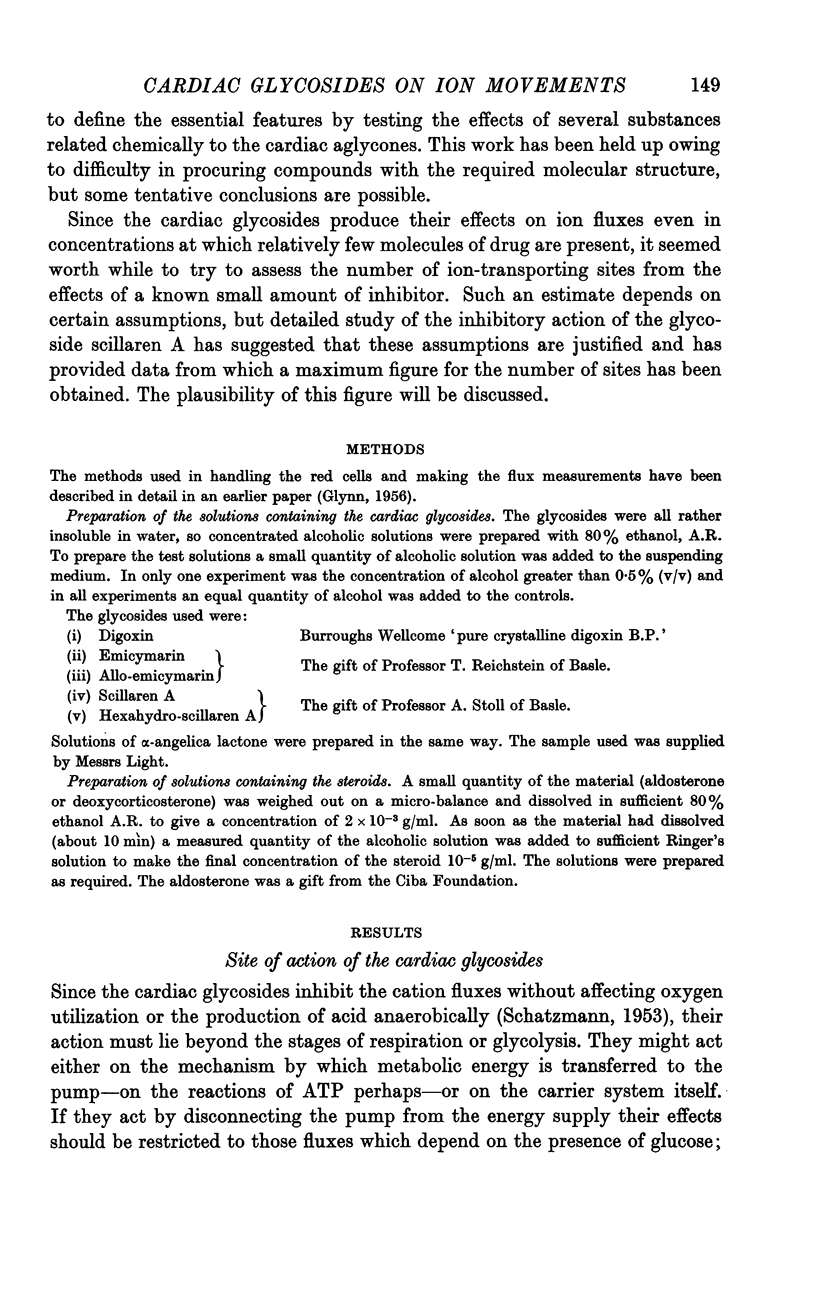
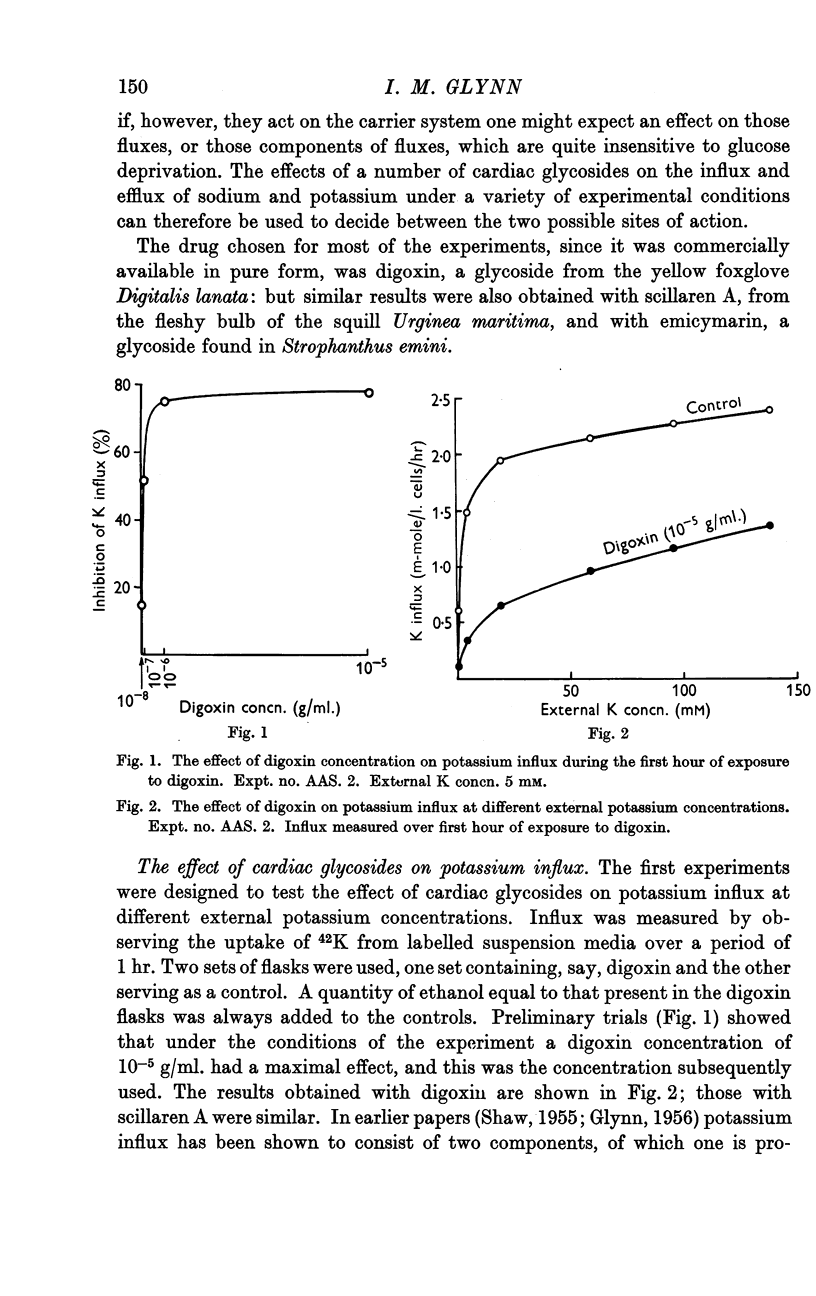
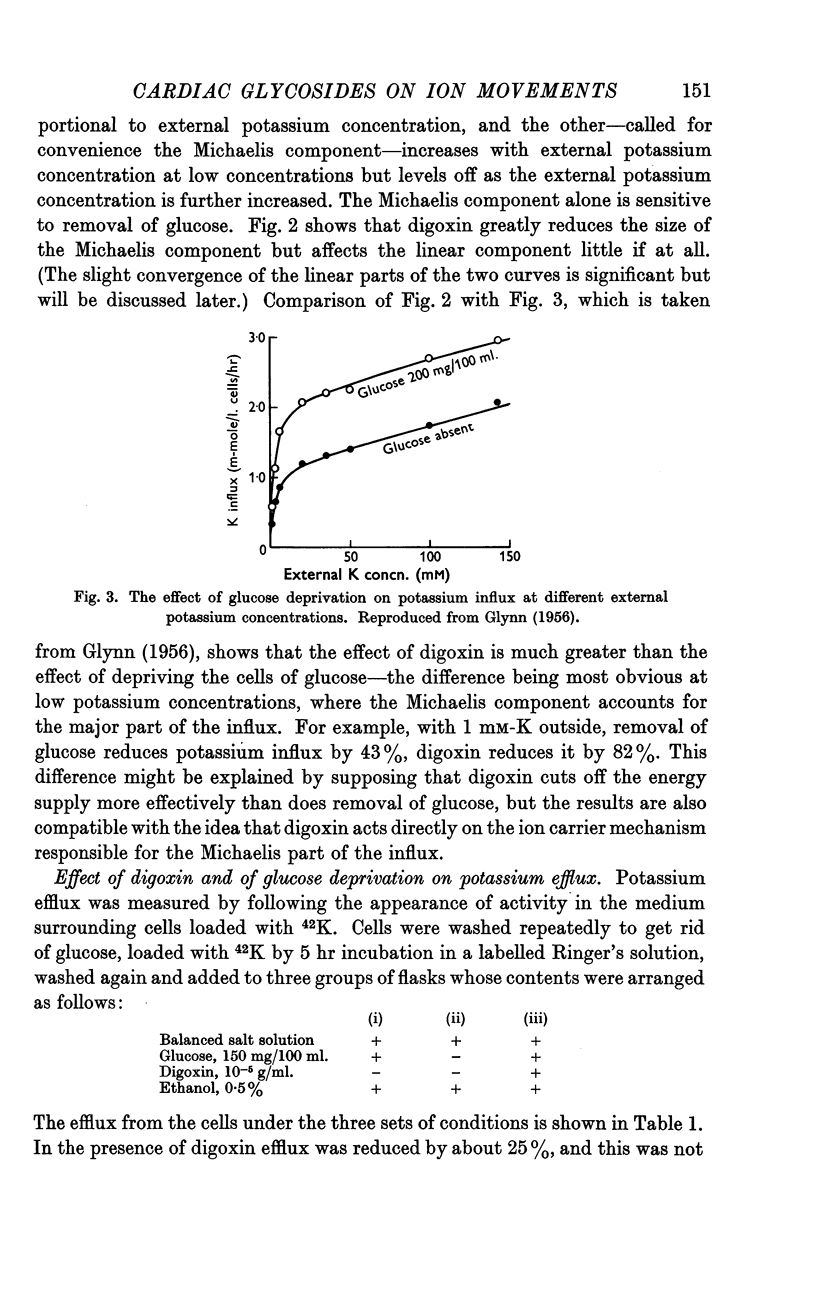
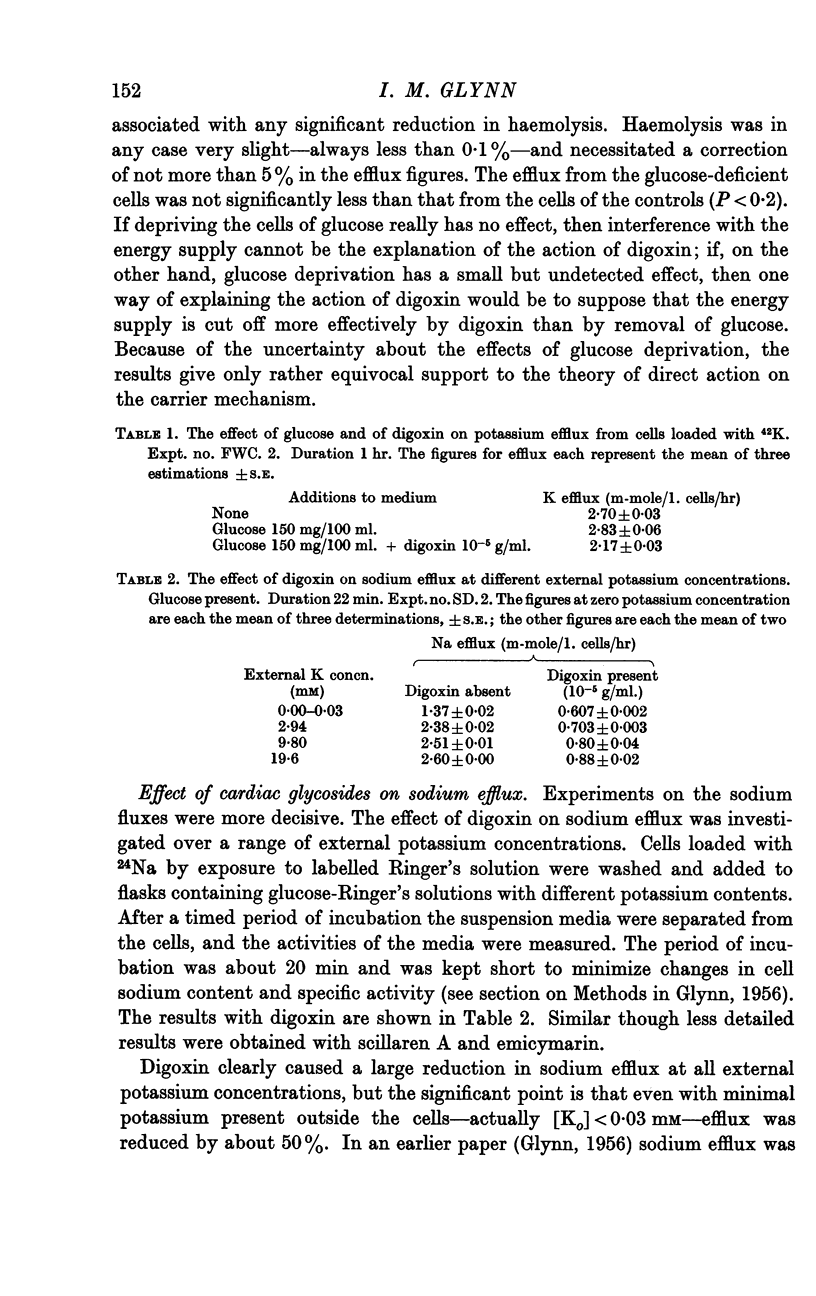
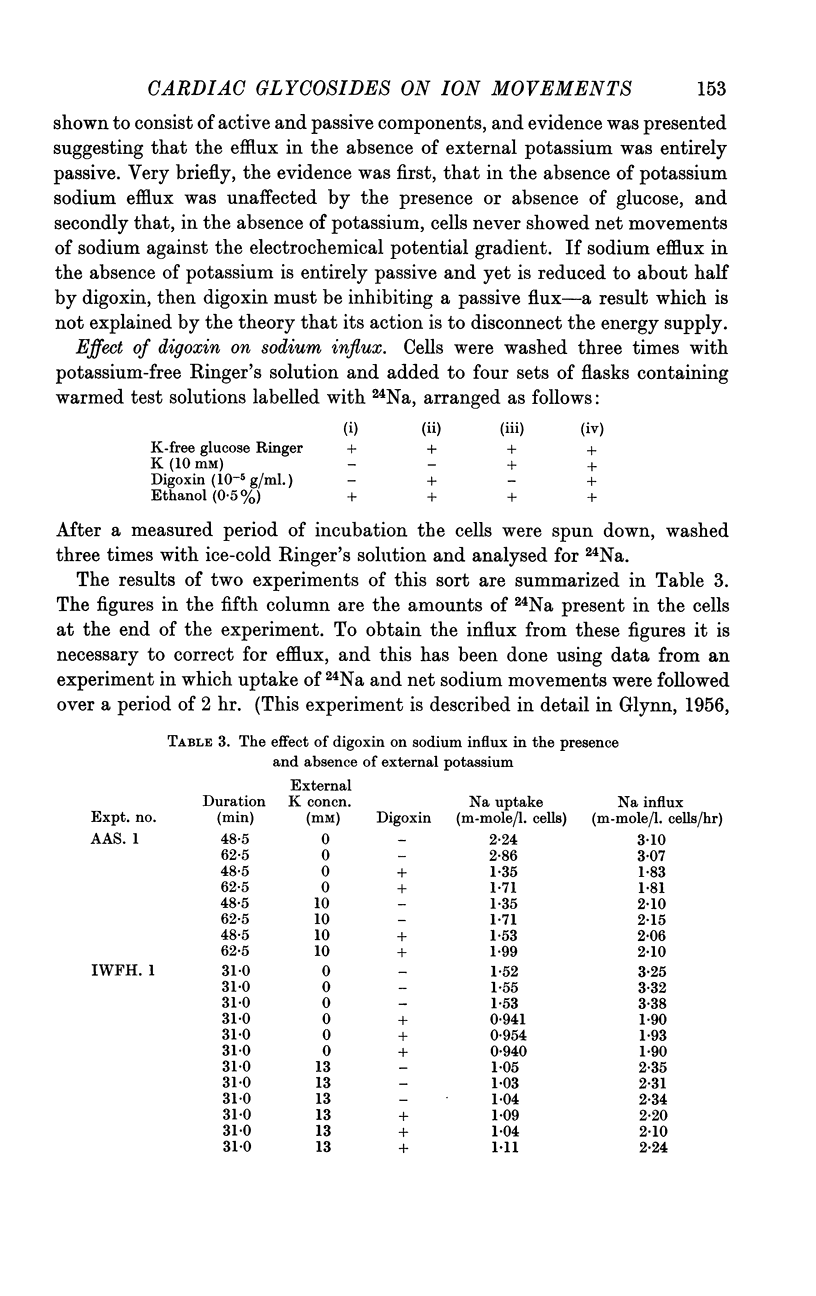
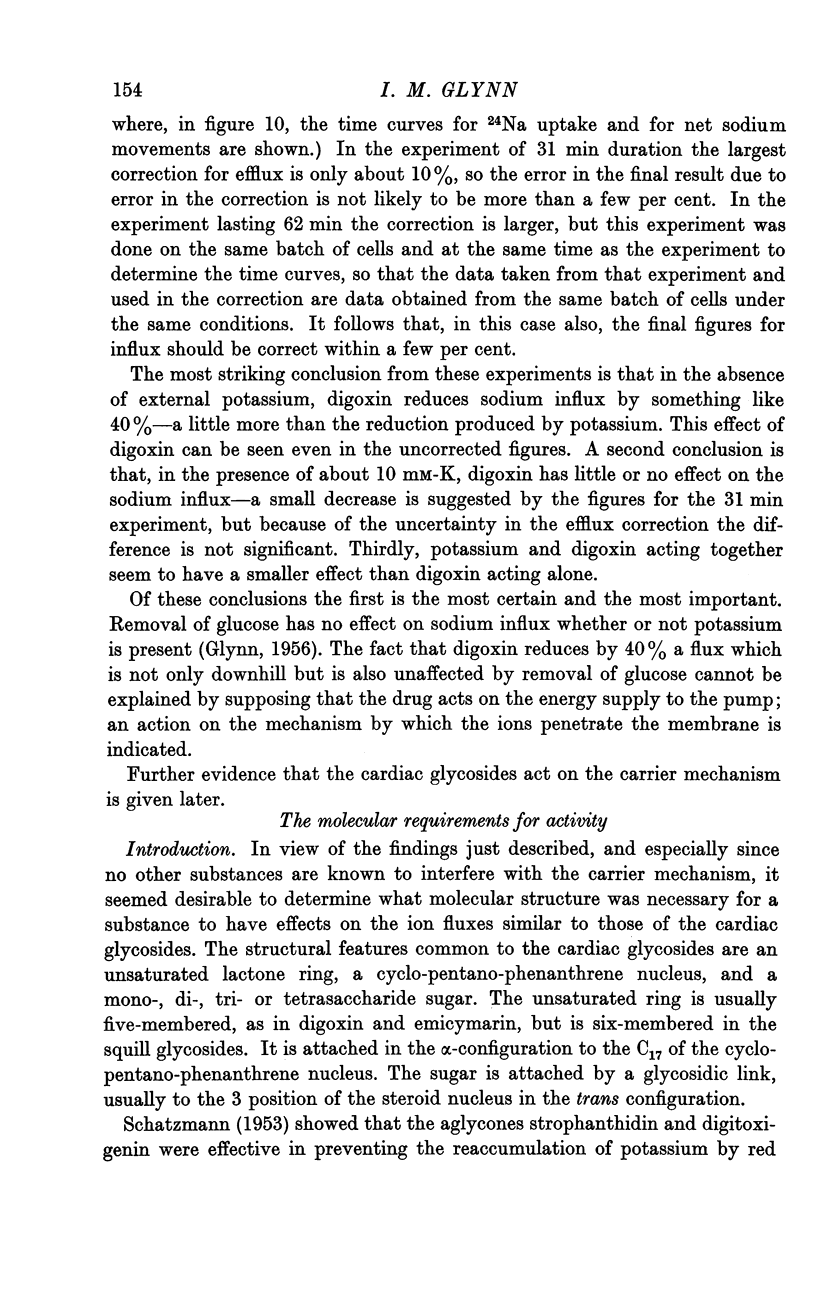
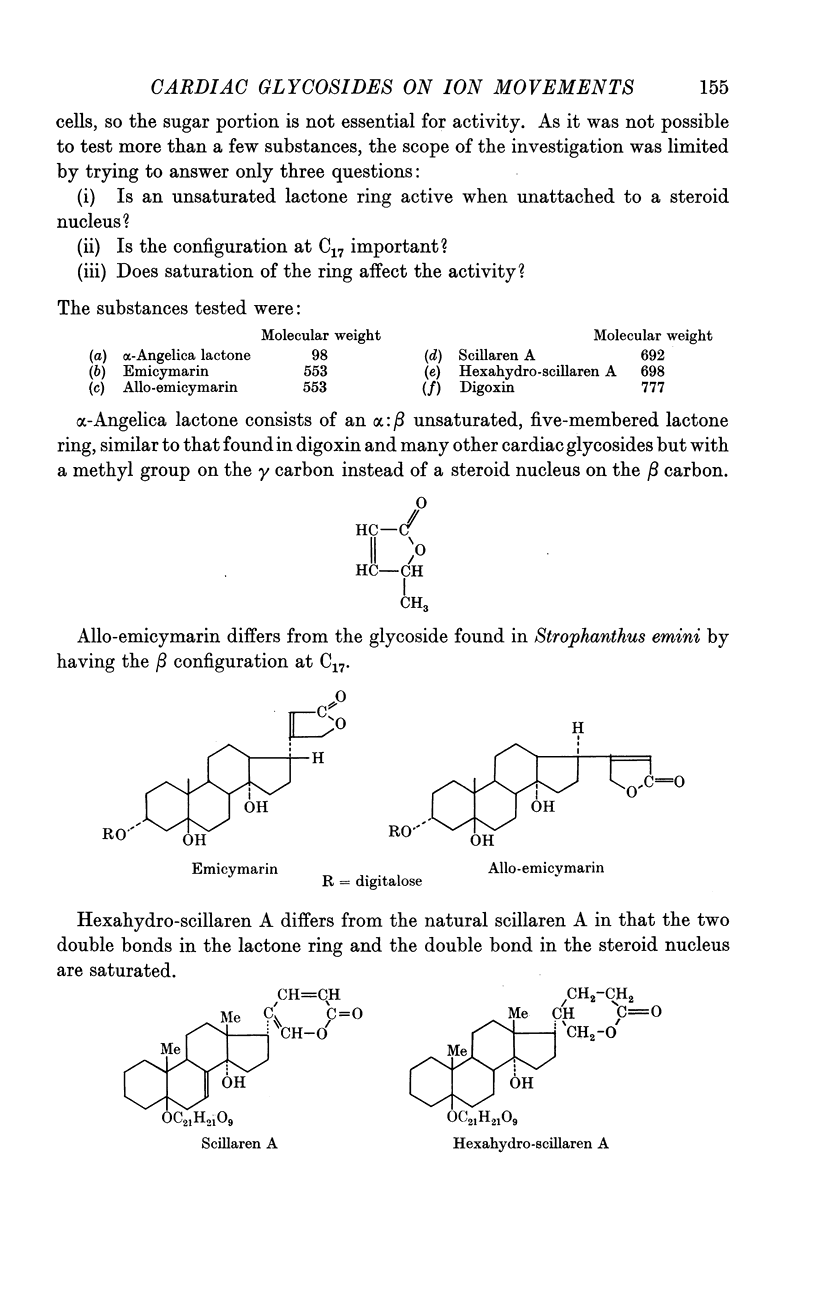
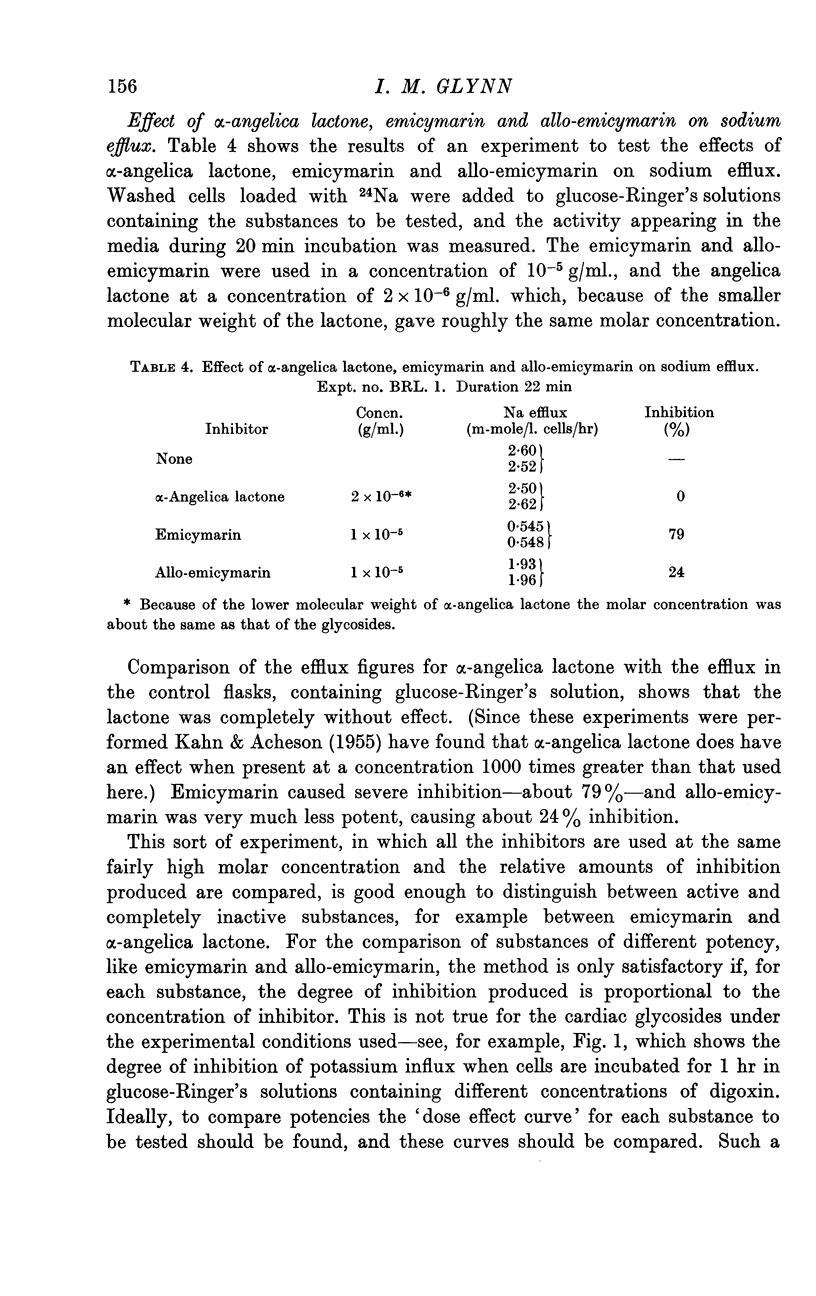
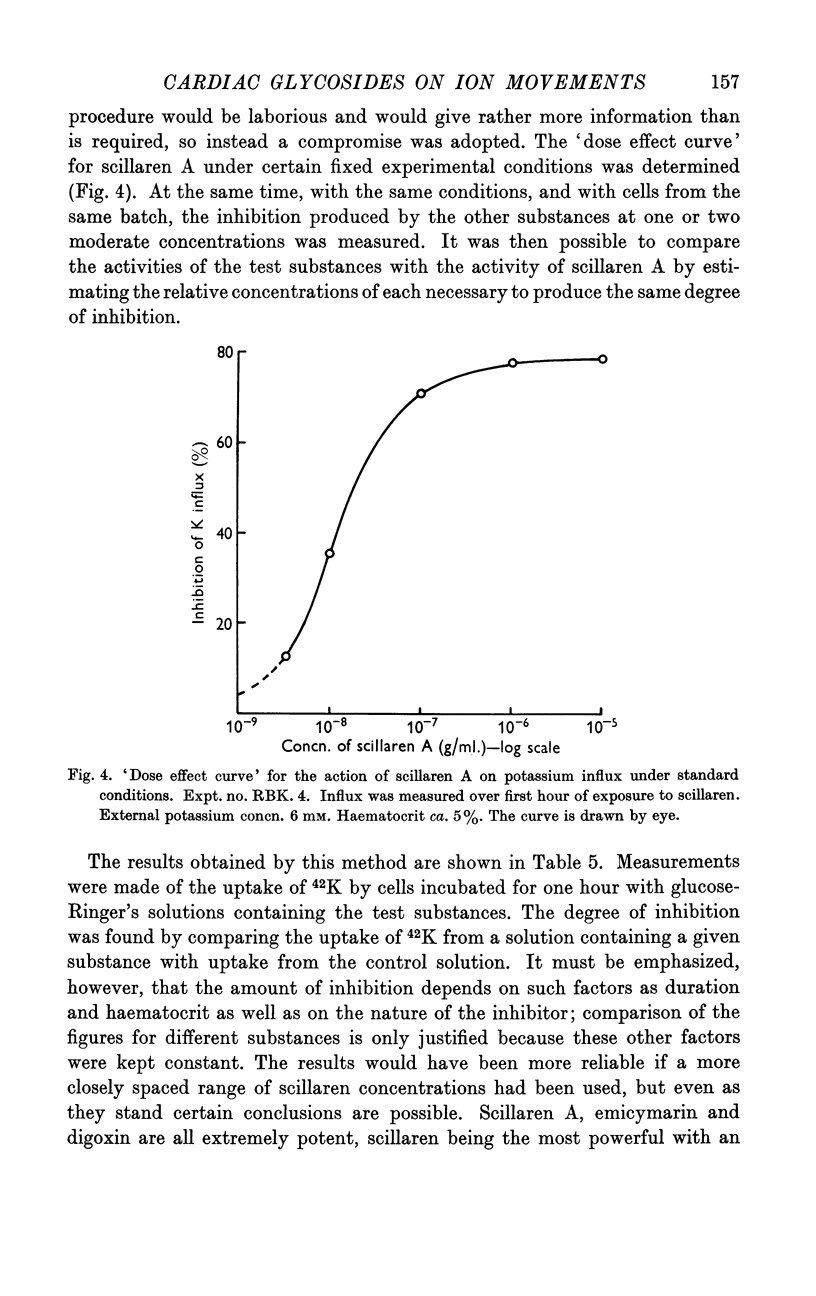
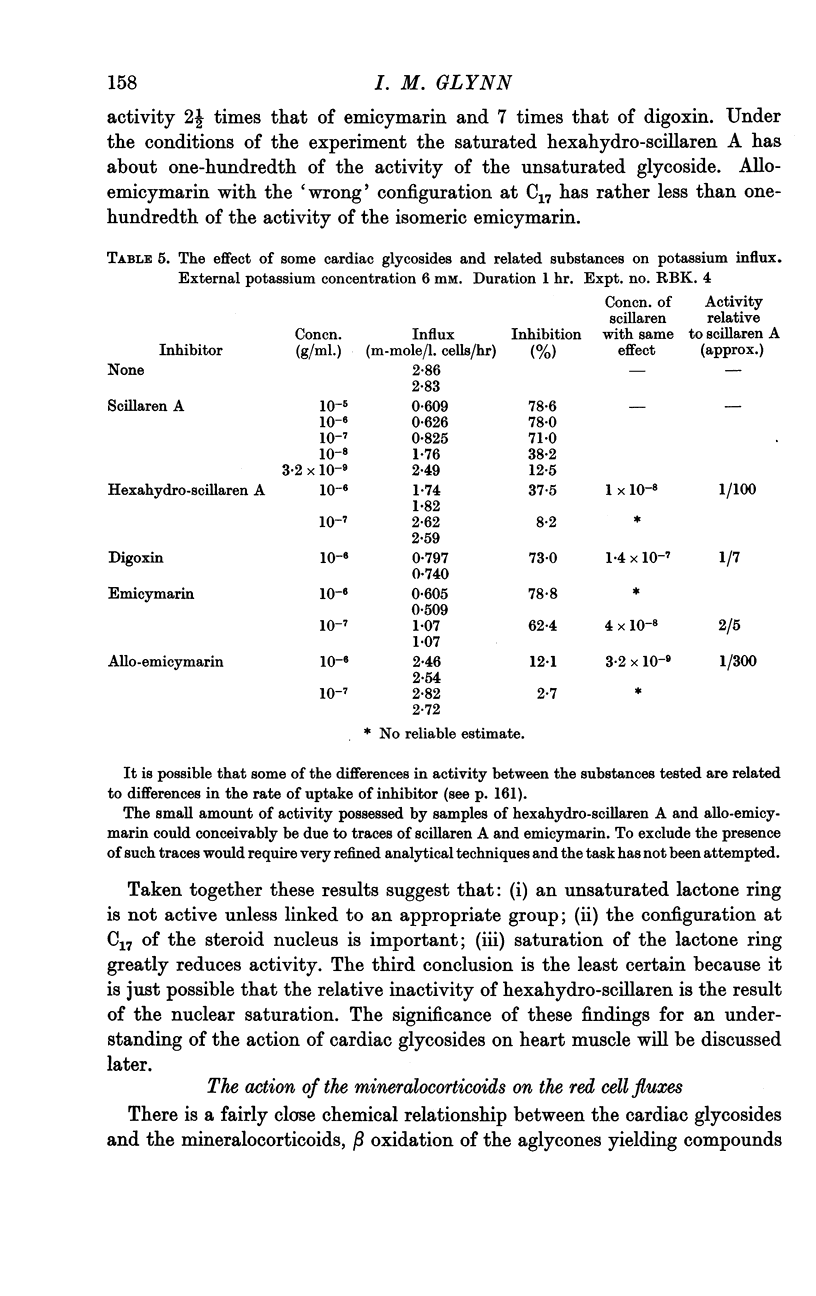
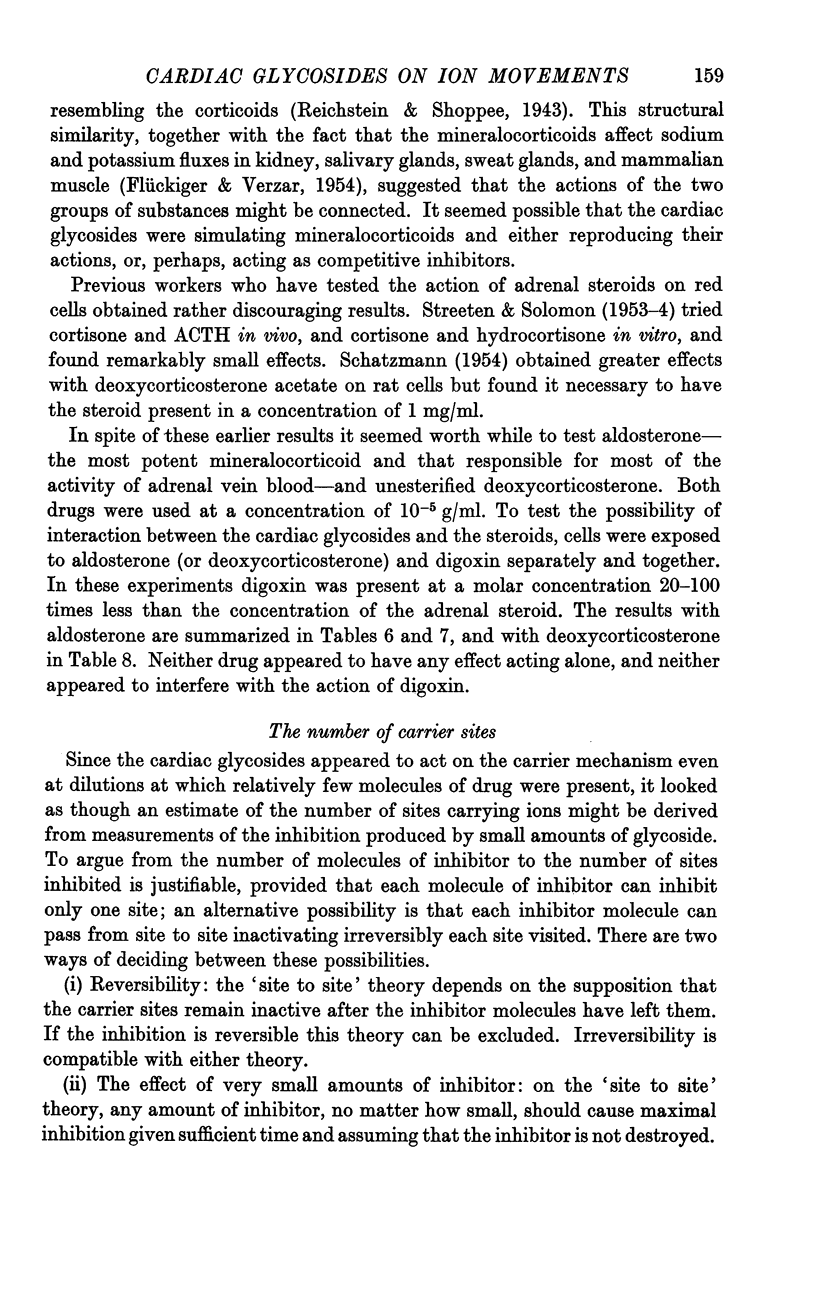
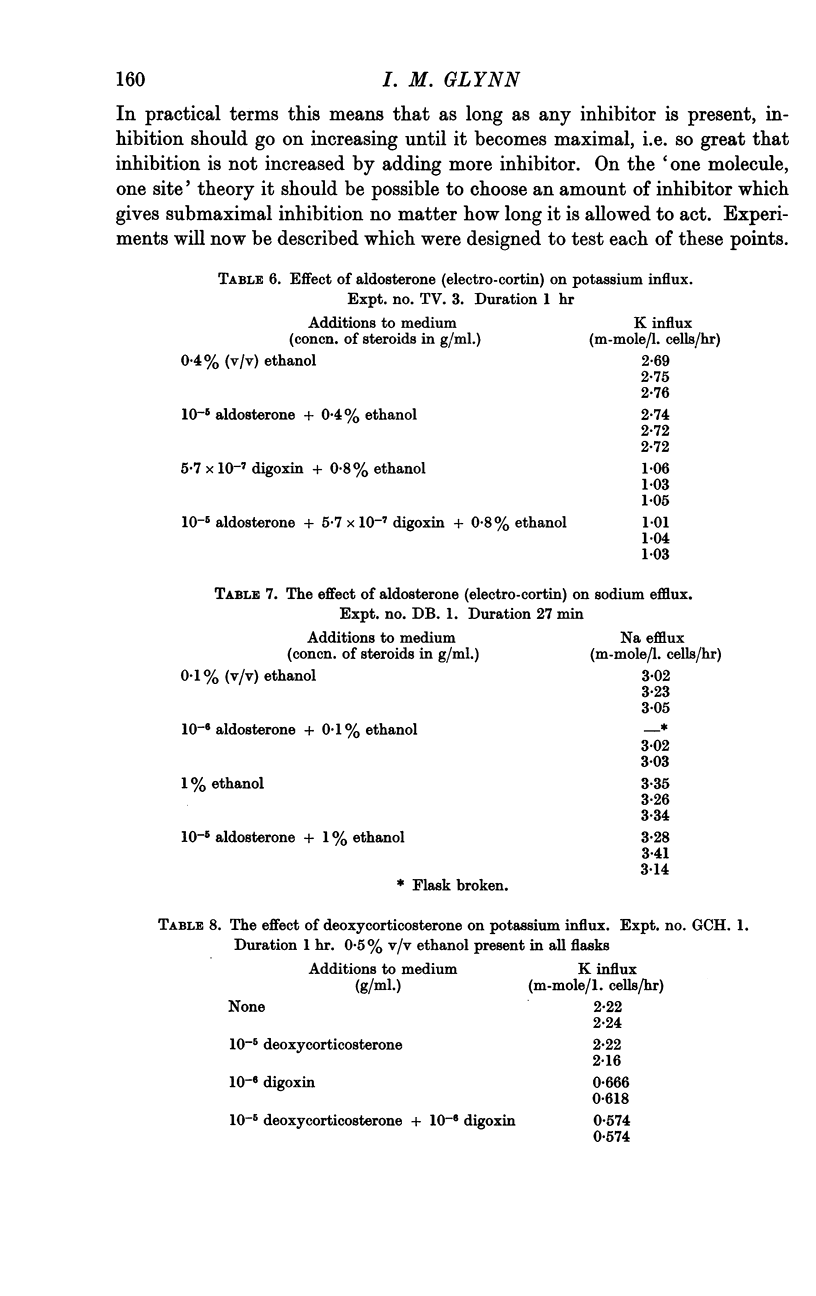
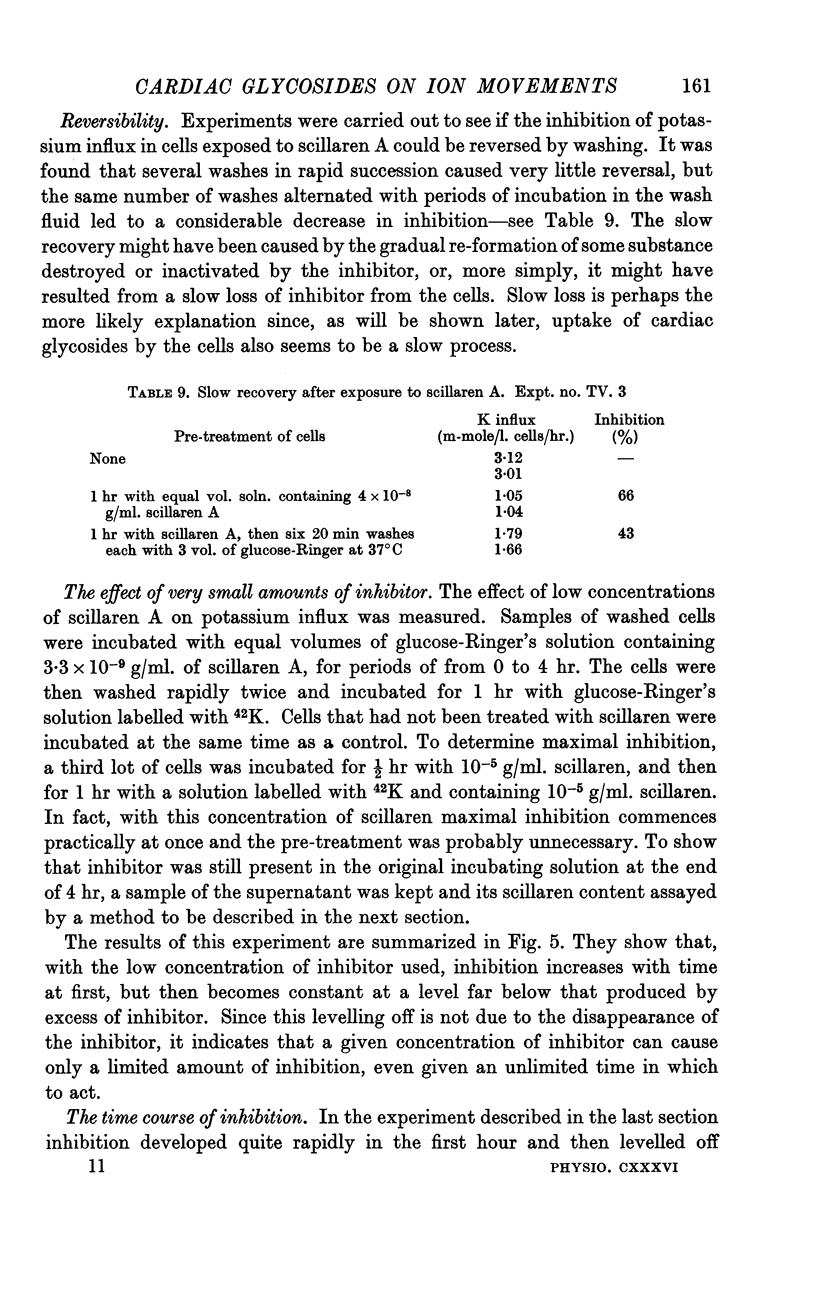
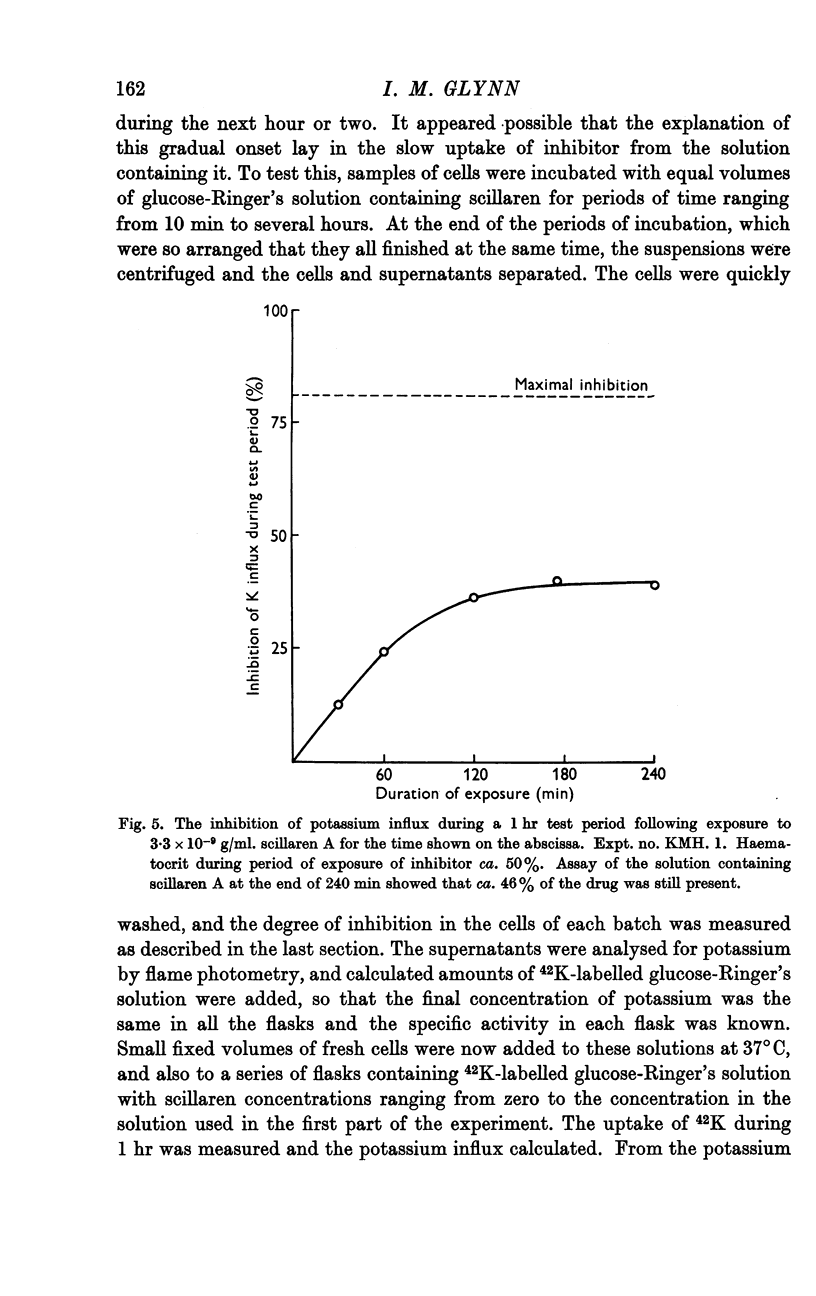
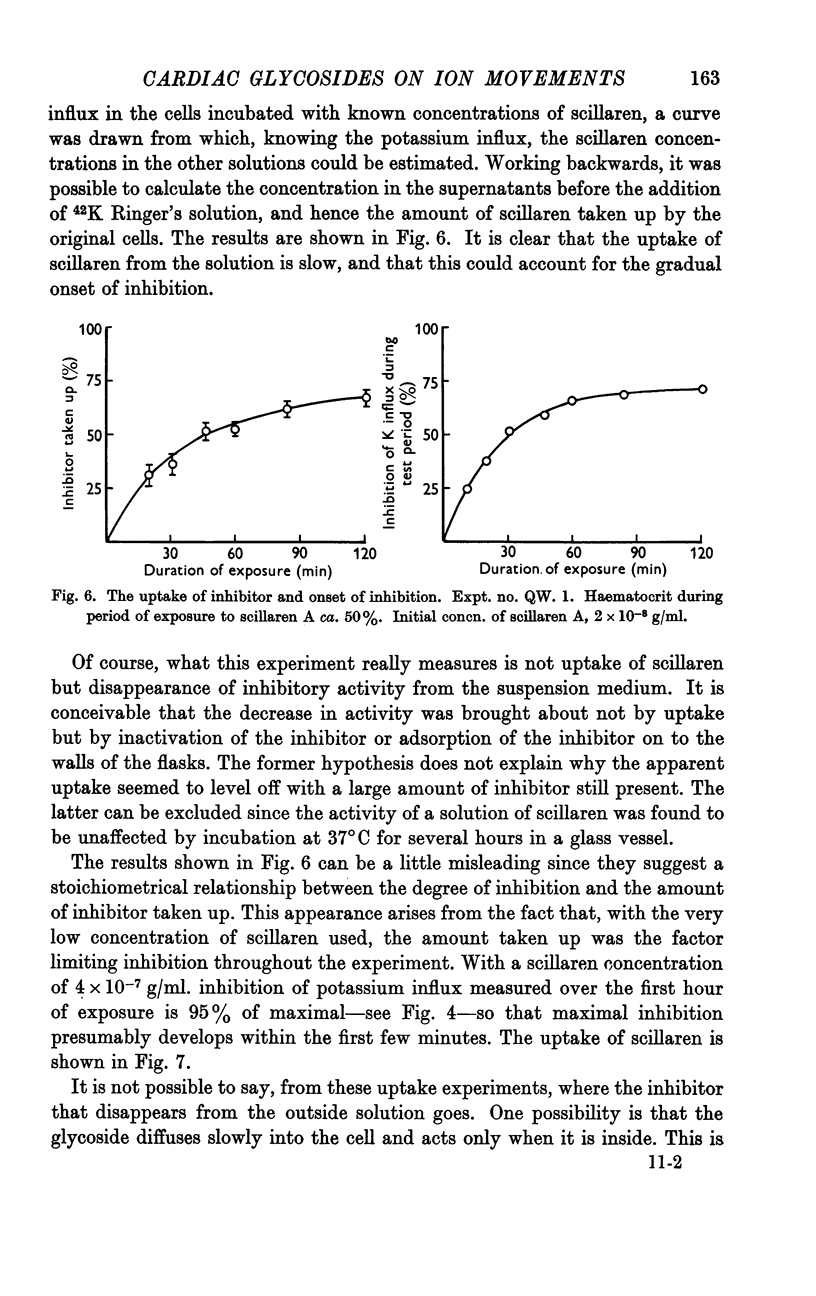
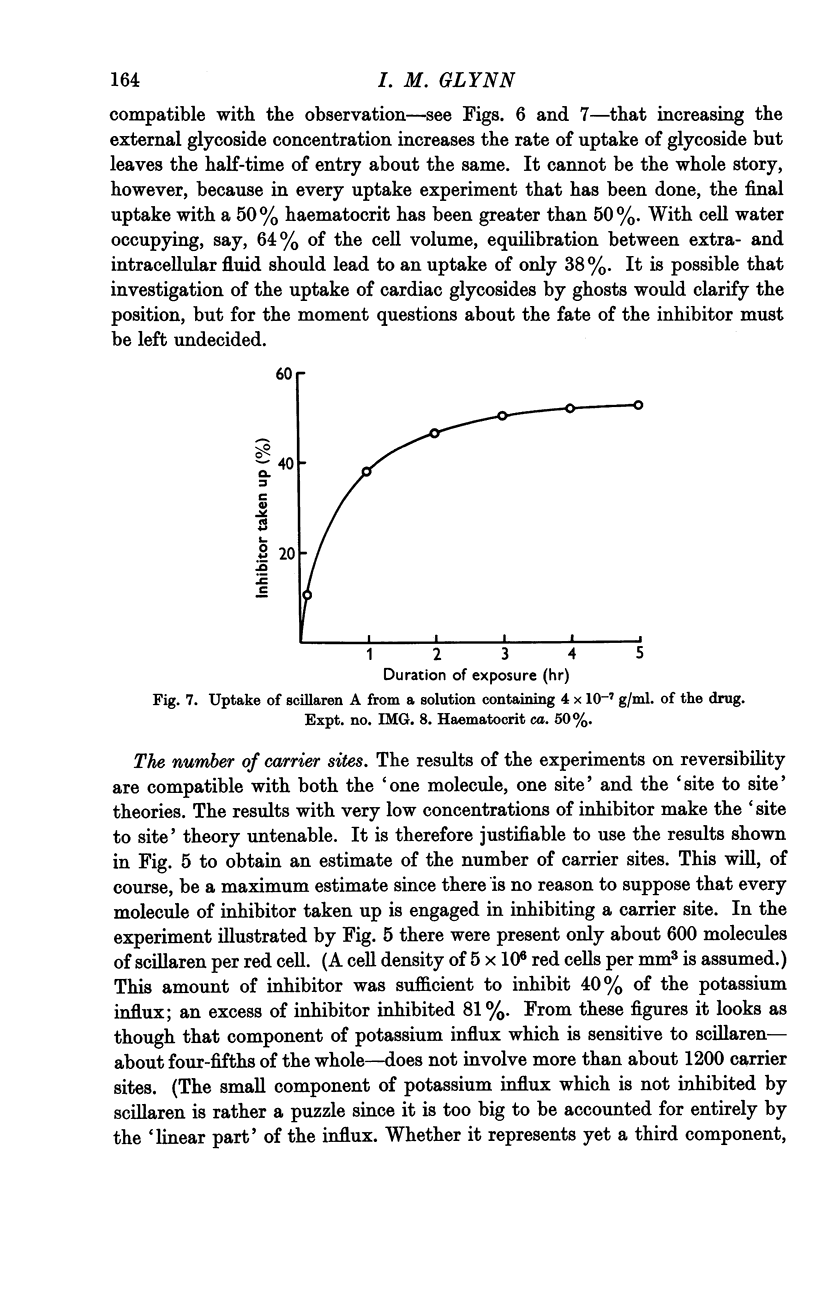
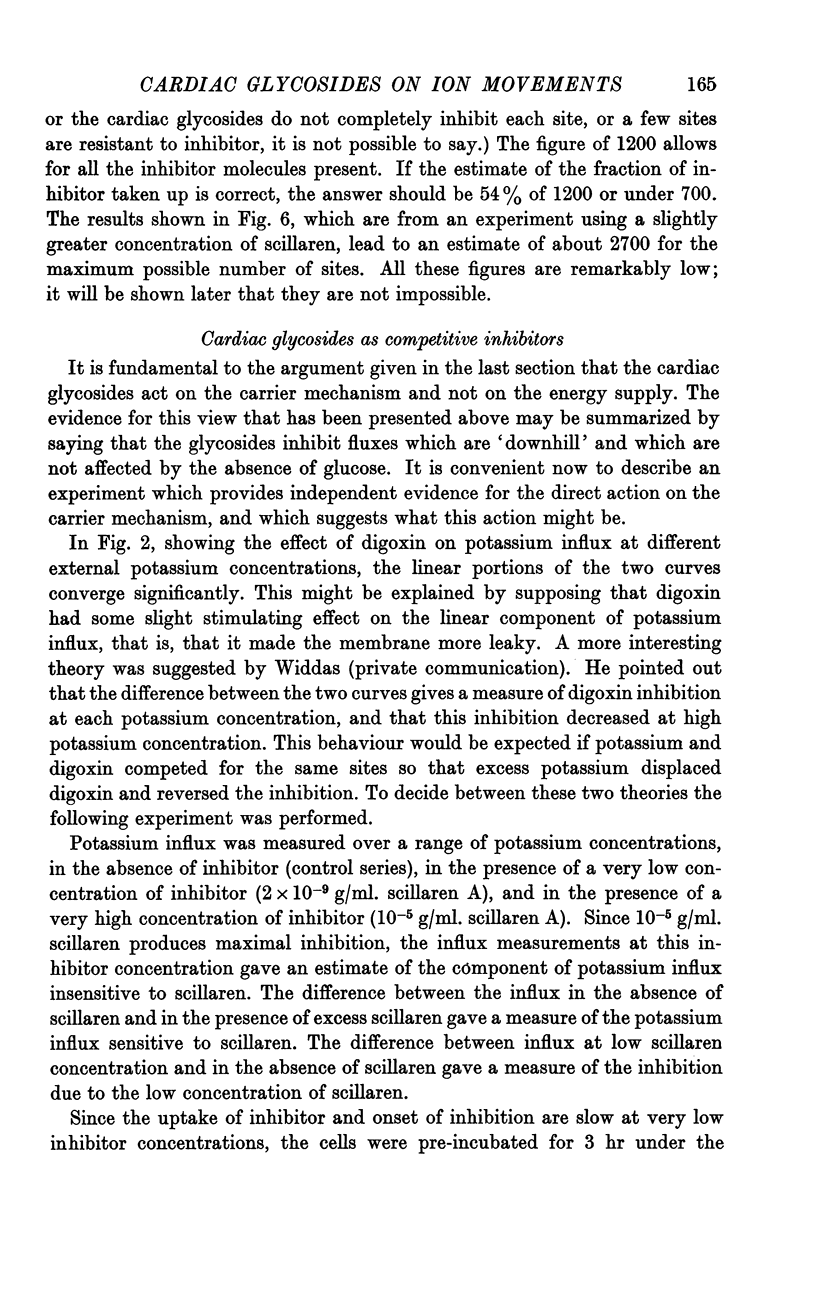
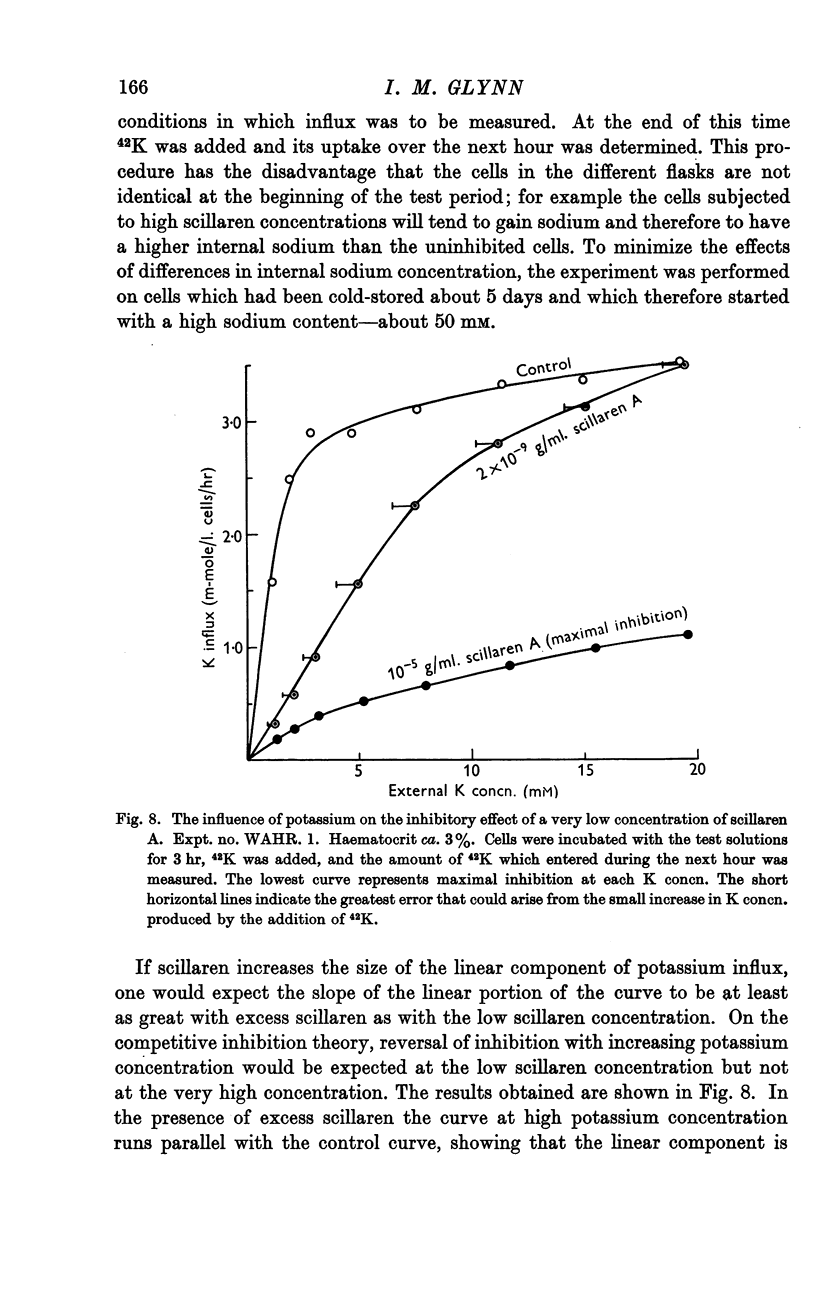
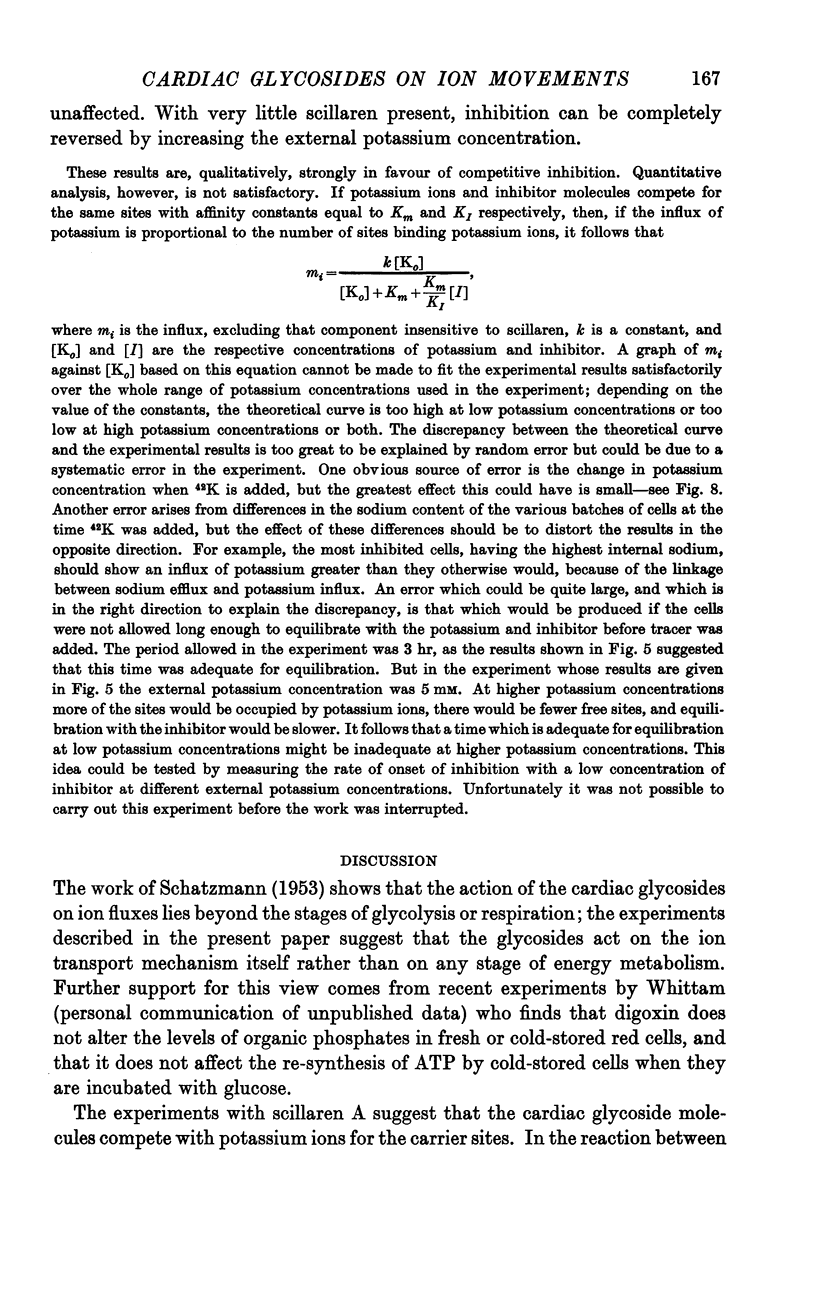

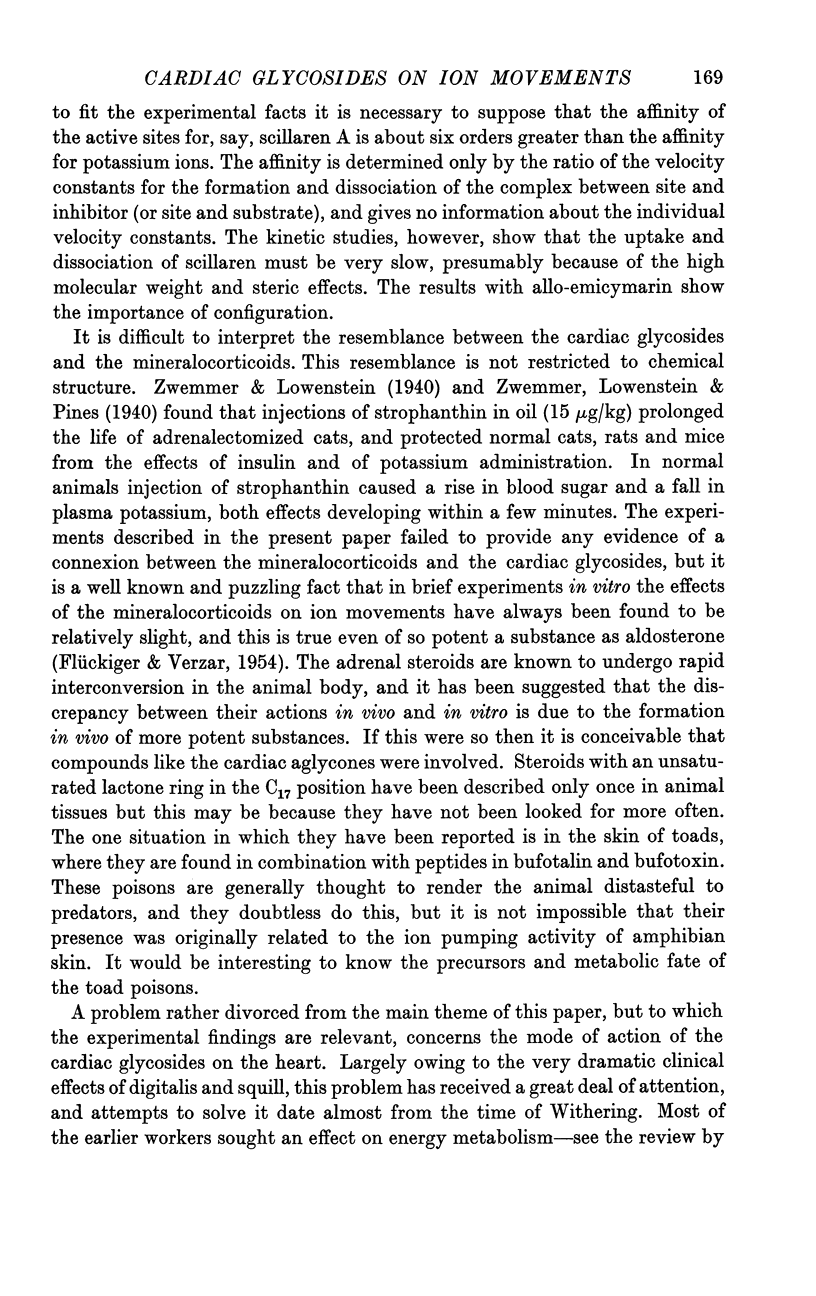
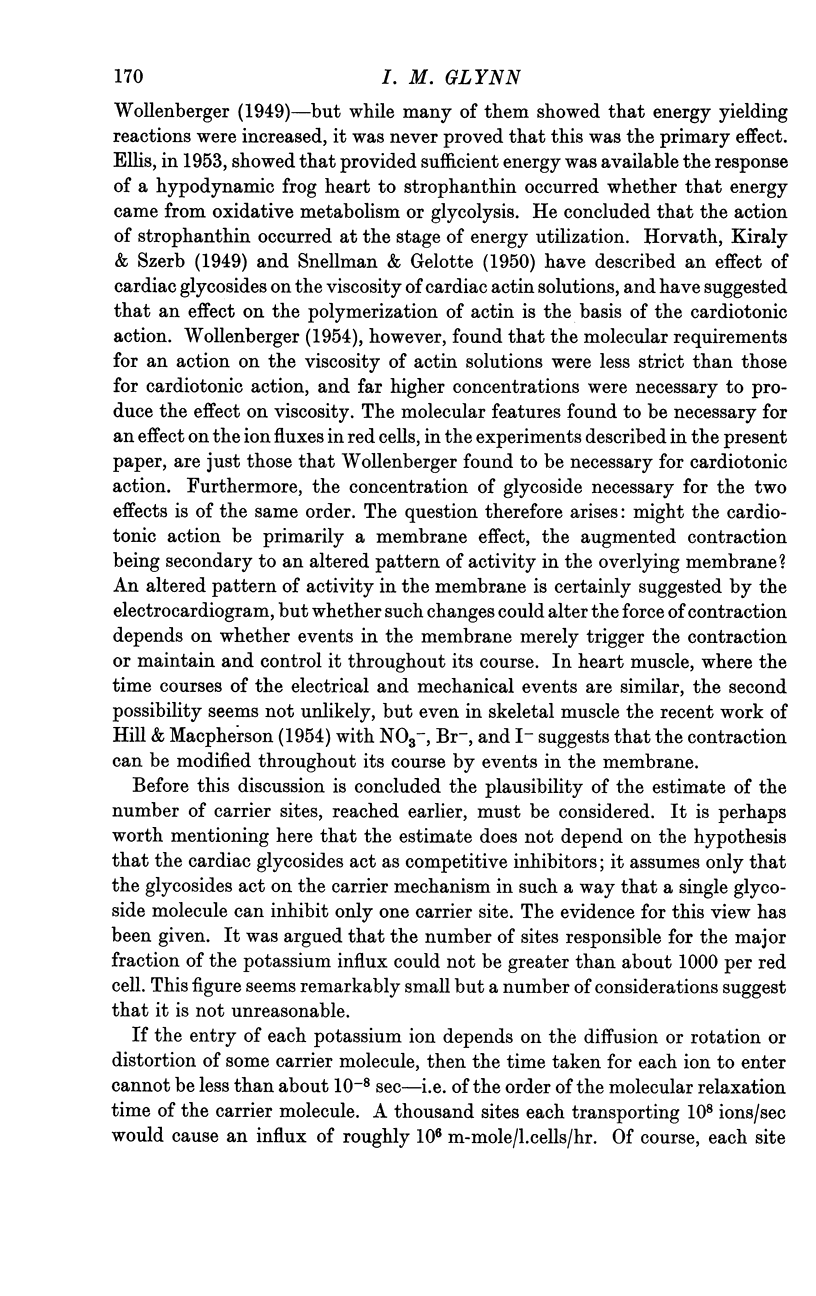
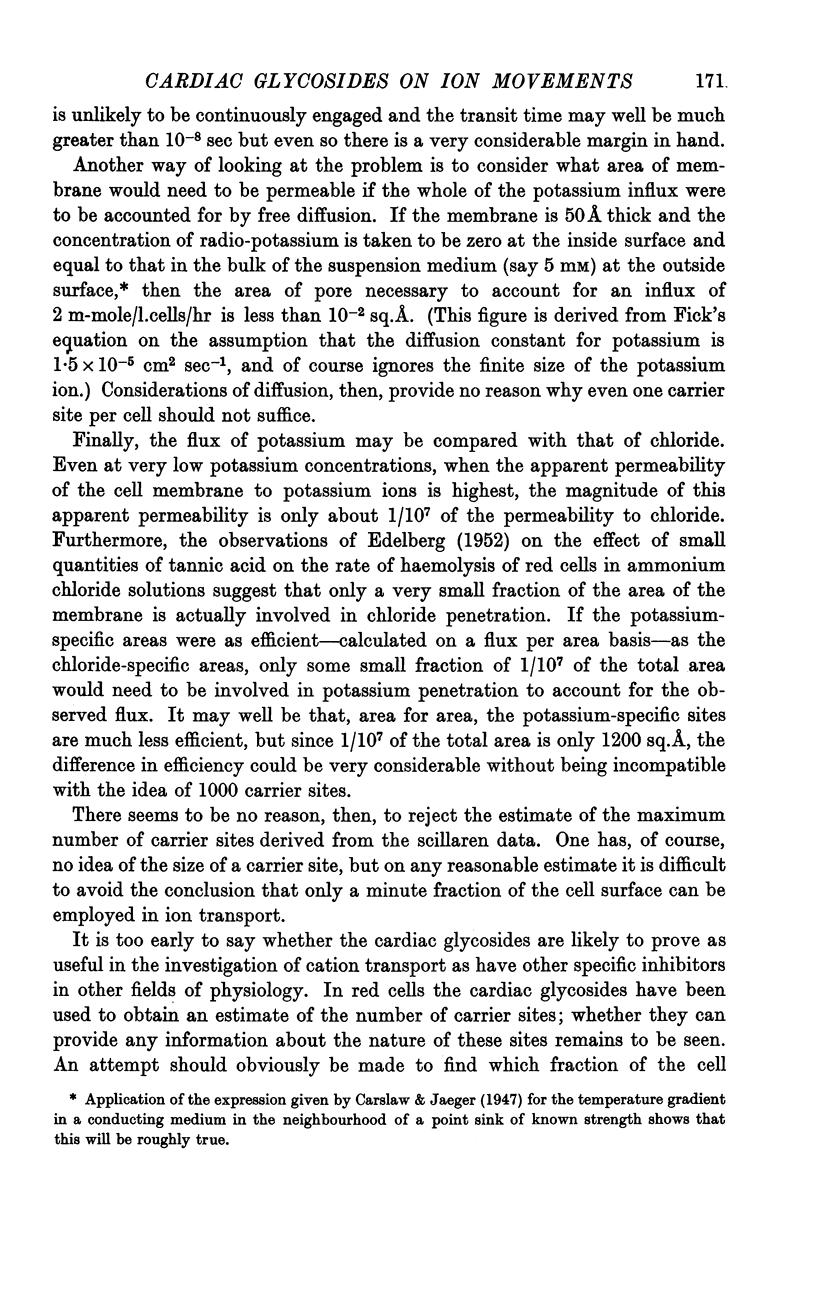
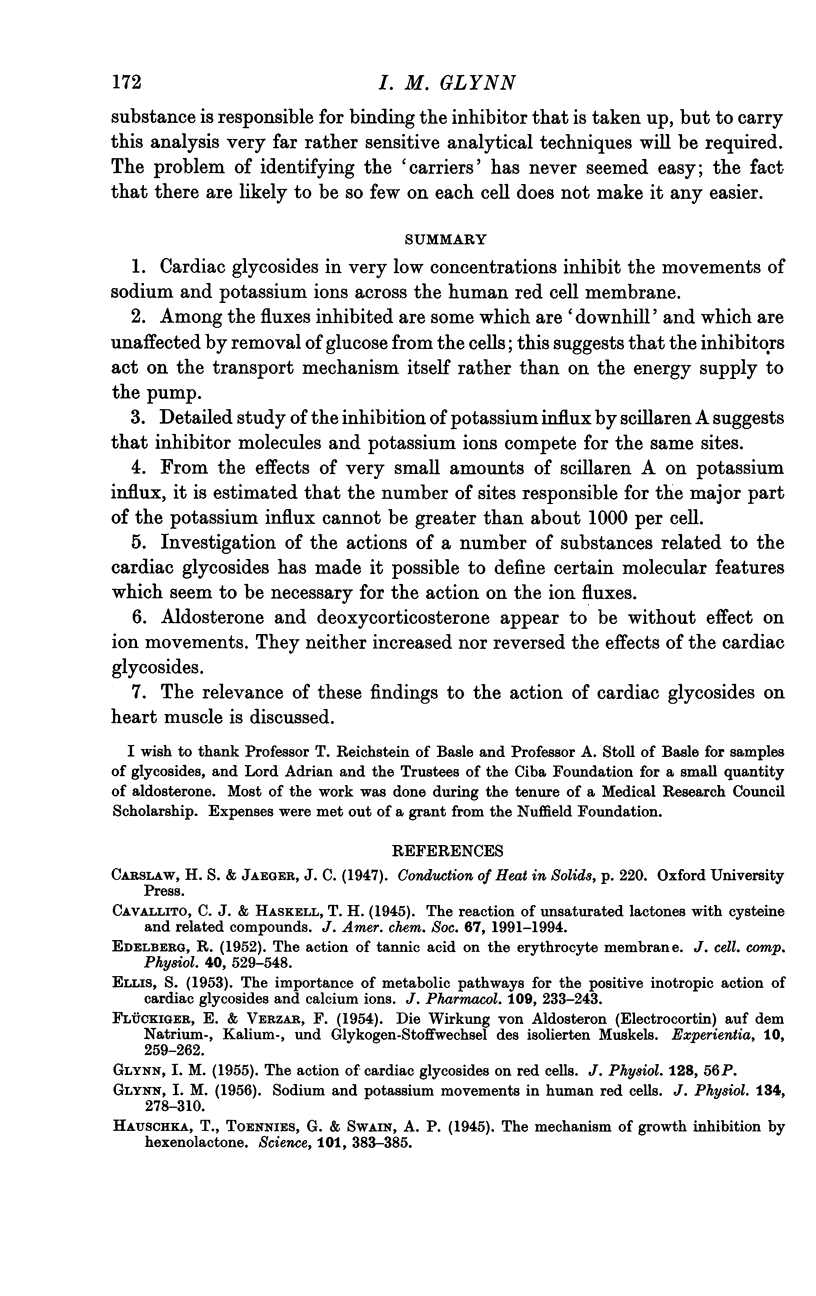
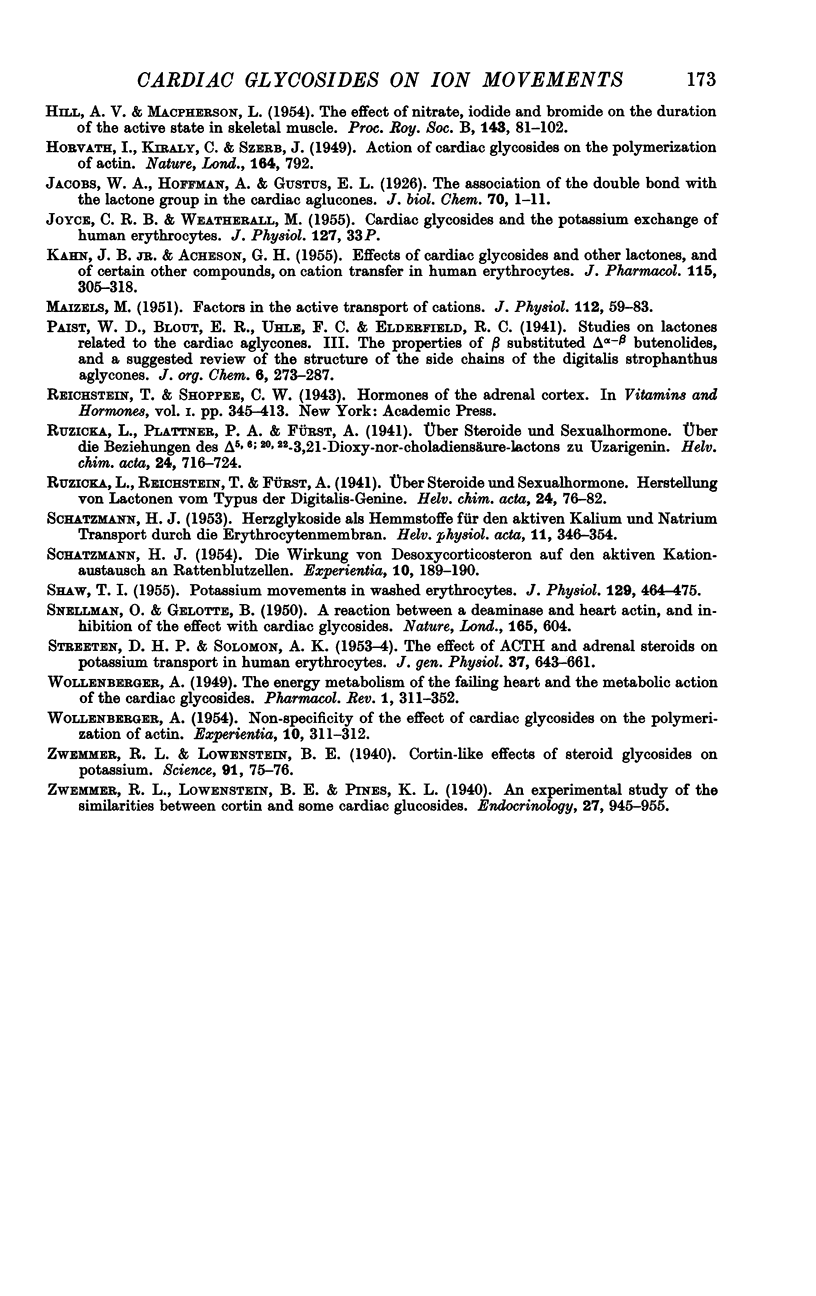
Selected References
These references are in PubMed. This may not be the complete list of references from this article.
- EDELBERG R. The action of tannic acid on the erythrocyte membrane. J Cell Physiol. 1952 Dec;40(3):529–548. doi: 10.1002/jcp.1030400312. [DOI] [PubMed] [Google Scholar]
- ELLIS S. The importance of metabolic pathways for the positive inotropic actions of cardiac glycosides and calcium ions. J Pharmacol Exp Ther. 1953 Nov;109(3):233–243. [PubMed] [Google Scholar]
- FLUCKIGER E., VERZAR F. Die Wirkung von Aldosteron (Electrocortin) auf den Natrium-, Kalium- und Glykogen-Stoffwechsel des isolierten Muskels. Experientia. 1954 Jun 15;10(6):259–261. doi: 10.1007/BF02157397. [DOI] [PubMed] [Google Scholar]
- GLYNN I. M. Action of cardiac glycosides on red cells. J Physiol. 1955 May 27;128(2):56–7P. [PubMed] [Google Scholar]
- GLYNN I. M. Sodium and potassium movements in human red cells. J Physiol. 1956 Nov 28;134(2):278–310. doi: 10.1113/jphysiol.1956.sp005643. [DOI] [PMC free article] [PubMed] [Google Scholar]
- HILL A. V., MACPHERSON L. The effect of nitrate, iodide and bromide on the duration of the active state in skeletal muscle. Proc R Soc Lond B Biol Sci. 1954 Dec 15;143(910):81–102. doi: 10.1098/rspb.1954.0055. [DOI] [PubMed] [Google Scholar]
- HORVATH I., KIRALY C., SZERB J. Action of cardiac glycosides on the polymerization of actin. Nature. 1949 Nov 5;164(4175):792–792. doi: 10.1038/164792a0. [DOI] [PubMed] [Google Scholar]
- Hauschka T., Toennies G., Swain A. P. THE MECHANISM OF GROWTH INHIBITION BY HEXENOLACTONE. Science. 1945 Apr 13;101(2624):383–385. doi: 10.1126/science.101.2624.383-a. [DOI] [PubMed] [Google Scholar]
- KAHN J. B., Jr, ACHESON G. H. Effects of cardiac glyosides and other lactones, and of certain other compounds, on cation transfer in human erythrocytes. J Pharmacol Exp Ther. 1955 Nov;115(3):305–318. [PubMed] [Google Scholar]
- SCHATZMANN H. J. Die Wirkung von Desoxycorticosteron auf den aktiven Kationenaustausch an Rattenblutzellen. Experientia. 1954 Apr 15;10(4):189–190. doi: 10.1007/BF02157208. [DOI] [PubMed] [Google Scholar]
- SCHATZMANN H. J. Herzglykoside als Hemmstoffe für den aktiven Kalium- und Natriumtransport durch die Erythrocytenmembran. Helv Physiol Pharmacol Acta. 1953;11(4):346–354. [PubMed] [Google Scholar]
- SHAW T. I. Potassium movements in washed erythrocytes. J Physiol. 1955 Sep 28;129(3):464–475. doi: 10.1113/jphysiol.1955.sp005371. [DOI] [PMC free article] [PubMed] [Google Scholar]
- SNELLMAN O., GELOTTE B. A reaction between a deaminase and heart actin, and inhibition of the effect with cardiac glycoside. Nature. 1950 Apr 15;165(4198):604–604. doi: 10.1038/165604a0. [DOI] [PubMed] [Google Scholar]
- STREETEN D. H., SOLOMON A. K. The effect of ACTH and adrenal steroids on K transport in human erythrocytes. J Gen Physiol. 1954 May 20;37(5):643–661. doi: 10.1085/jgp.37.5.643. [DOI] [PMC free article] [PubMed] [Google Scholar]
- WOLLENBERGER A. Non-specificity of the effect of cardiac glycosides on the polymerization of actin. Experientia. 1954 Jul 15;10(7):311–312. doi: 10.1007/BF02158746. [DOI] [PubMed] [Google Scholar]


